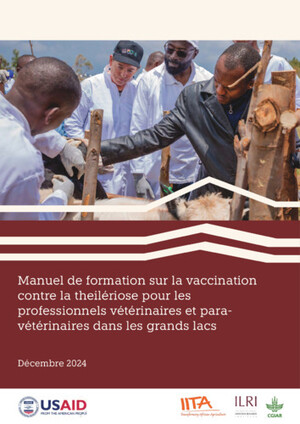
Leptospirosis in ruminants in Yogyakarta, Indonesia: A serological survey with mixed methods to identify risk factors
Abstract
Leptospirosis is a zoonotic disease occurring worldwide with reproductive symptoms and production losses in livestock, while humans can suffer fatal renal failure. In Yogyakarta Special Province, Indonesia, there have been several outbreaks with high case fatality, demonstrating the public health importance, but there is limited understanding of the epidemiology. This study used an EcoHealth approach to ensure transdisciplinarity and community participation. Seroprevalence of Leptospira in animals was studied between October 2011 and May 2013 in 15 villages. Serum samples from 1404 cattle and 60 small ruminants were screened by a Microscopic Agglutination Test (MAT), first in pools, and then the individual positive samples were identified. Focus group discussions including farmers, village officials, and official stakeholders were used to explore knowledge and behavior of zoonotic diseases, particularly leptospirosis. Two small ruminants were seropositive for Leptospira icterohemorrhagiae. From the cattle, 3.7% were seropositive, and the most common serovars were Leptospira hardjo, followed by L. icterohemorrhagiae. Out of all farms, 5.6% had at least one positive cattle. Risk factor analyses showed that the risk of the farm being seropositive increased if the farmer used water from an open source, or if farming was not the main occupation. This study showed the presence of Leptospira spp. in ruminants in Yogyakarta and identified use of open water as a risk factor for the livestock. We also observed that the knowledge related to leptospirosis was low, and risky farm management practices were commonly employed.
Citation
Widiasih, D.A., Lindahl, J.F., Artama, W.T., Sutomo, A.H., Kutanegara, P.M., Mulyani, G.T., Widodo, E., Djohan, T.S. and Unger, F. 2021. Leptospirosis in ruminants in Yogyakarta, Indonesia: A serological survey with mixed methods to identify risk factors. Tropical Medicine and Infectious Disease 6(2): 84.










